A jet pump is a device that uses high-velocity jets to move fluids. It operates by converting the kinetic energy of a liquid into pressure energy.
Jet pumps are versatile tools used in various applications, from drawing water from wells to circulating liquids in heating and cooling systems. Unlike traditional pumps, they don’t require a mechanical shaft to connect to a motor; instead, they use a jet of fluid to generate suction.
This design makes them suitable for deep wells or other situations where a long drive shaft would be impractical or too expensive. Jet pumps are also known for their ability to handle a mixture of gases and liquids, which is useful in the oil and gas industry. With their simple design and minimal moving parts, jet pumps are a reliable and low-maintenance solution for fluid transport.

Credit: m.youtube.com
Table of Contents
Functionality
These pumps are versatile devices used in various applications. They move liquids, mix fluids, or circulate the flow within a system. Their simple design makes them suitable for many tasks. Let’s explore how these powerful tools operate and the different types they come in.
How Jet Pumps Work
The use of a high-velocity jet of fluid to move another fluid. They consist of three main parts: nozzle, venturi, and diffuser. Here’s the process:
- Fluid enters the pump.
- The nozzle increases the speed of the fluid.
- Speeding fluid creates a vacuum in the venturi.
- The vacuum draws more fluid in.
- The diffuser slows down and increases the pressure of the fluid mix.
- Clean, pressurized fluid exits the pump.
Types Of Jet Pumps
There are two main types of jet pumps:
- Deep Well : These are used for water sources located far below the ground.
- Shallow Well : These are for water sources closer to the surface.
| Jet Pump Type | Typical Use |
|---|---|
| Deep Well | Water extraction from deep sources |
| Shallow Well | Water extraction from shallow sources |
The right type of pump depends on the water source depth and the application needs. Both types ensure efficient water movement for various purposes.
Applications
These pumps serve a vital role in moving liquids and gases. Their versatility covers various fields. From home water systems to complex industrial processes, jet pumps stand out for their efficiency and reliability. Let’s explore the many ways jet pumps make our lives easier and industries more efficient.
Domestic Uses
At home, these pumps are silent heroes. They perform many tasks without much fuss. They ensure a steady water supply and even help with gardening. Here are some common household applications:
- Water Supply: Jet pumps pull water from wells to faucets.
- Garden Irrigation: They keep gardens lush by powering sprinkler systems.
- Pressure Boosting: These pumps increase water pressure for showers and appliances.
Industrial Uses
Industries rely on these pumps for their power and adaptability. They support critical operations across sectors. Below are some industrial uses:
| Industry | Application |
|---|---|
| Manufacturing | Process cooling and heating systems |
| Oil & Gas | Hydrocarbon processing and transport |
| Chemical | Mixing and handling of chemicals |
| Pharmaceuticals | Active ingredient extraction |
Advantages And Disadvantages
These are popular in various applications, from residential wells to gardening. They offer a range of benefits but also have limitations. Understanding these pros and cons helps in making an informed decision.
Pros
Jet pumps have several advantages. They are noted for their versatility and efficiency. Below, find key benefits presented in a bulleted list:
- Self-priming: No need for manual priming.
- Simple installation: Easy to set up and maintain.
- Reliable performance: Consistent water delivery.
- No submerged parts: Reduces the risk of corrosion.
- Safe operation: Ideal for shallow wells and surface water.
Cons
Despite their benefits, these pumps have downsides to consider. These are outlined in an easy-to-digest format below:
| Disadvantage | Description |
|---|---|
| Less efficient | Requires more energy for deep wells. |
| Noisy operation | May produce more sound than submersible pumps. |
| Limited depth | Not suited for very deep water sources. |
| Maintenance | Regular check-ups needed to prevent clogs. |
| Weather sensitive | Performance may decrease in cold weather. |
Installation And Maintenance
Understanding the installation and maintenance of a jet pump is crucial. A well-installed pump ensures optimal performance. Regular maintenance keeps it running smoothly. Let’s dive into the steps for installation and the best maintenance practices.
Installation Process
Correctly installing a pump is the first step to efficient water delivery. Follow these guidelines:
- Choose the right location: Ensure the pump sits close to the water source.
- Secure the base: Mount the pump on a sturdy, level surface.
- Connect the pipes: Attach the suction and discharge pipes correctly.
- Prime the pump: Fill the pump and suction pipe with water.
- Check electrical connections: Ensure power supply matches the pump’s requirements.
- Test the system: Run the pump, checking for leaks or unusual noises.
Tips For Maintenance
Keep your pump in top condition with these simple maintenance tips:
- Inspect regularly: Look for signs of wear or damage.
- Clean the ejector: Remove any debris that may block water flow.
- Monitor pressure: Check the pressure gauge for consistent readings.
- Change the oil: If applicable, replace the oil as per the manufacturer’s guidelines.
- Store safely: During non-use, keep the pump in a dry, frost-free environment.
Choosing The Right Jet Pump
Choosing the right Pump is crucial for efficient water movement.
Factors To Consider
Before selecting a pump, several key aspects need consideration:
- Water Source: Identify whether you’re drawing from a well, lake, or river.
- Pump Capacity: Choose one that meets your daily water usage.
- Depth: The depth of your water source impacts the pump type.
- Power Source: Consider available power options like electric or solar.
Sizing And Selection
Correct sizing ensures the jet pump operates efficiently and lasts longer.
Use the following steps and table to help select your pump:
- Determine your water needs in gallons per minute (GPM).
- Measure the depth to water in your source.
- Refer to the manufacturer’s chart for size recommendations.
| Depth to Water (feet) | Recommended Pump Size (HP) |
|---|---|
| 0 – 25 | 0.5 HP |
| 26 – 50 | 1 HP |
| 51 – 75 | 1.5 HP |
| 76 – 100 | 2 HP |
By considering these factors and following the selection steps, you ensure your pump is perfectly suited for your needs.
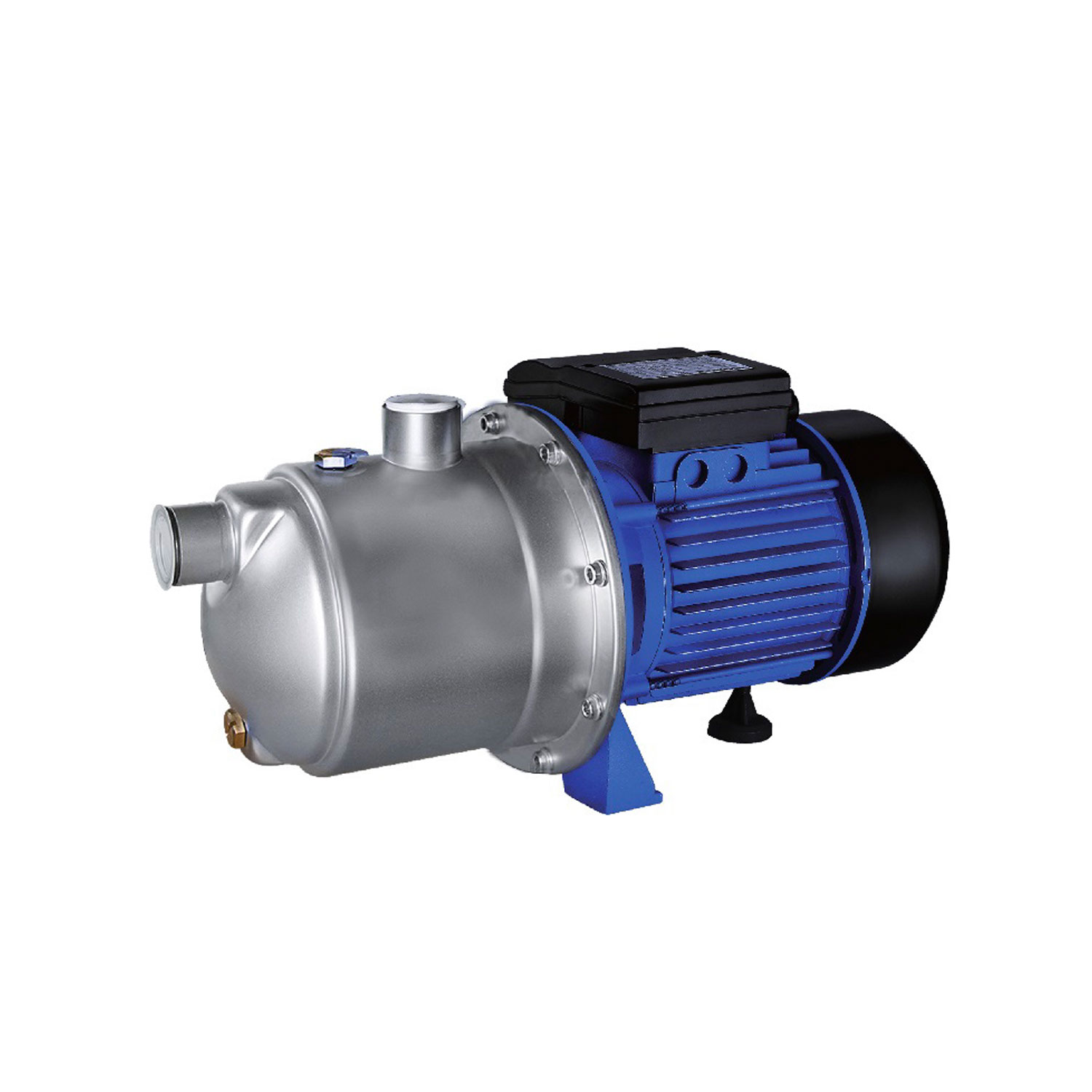
Credit: www.wita.de
Comparison With Other Pump Types
Choosing the right pump for specific needs often involves comparing various types. Each pump has unique features and applications. Here, we’ll explore how jet pumps stack up against other common pump types.
Jet Pump Vs. Centrifugal Pump
Jet pumps and centrifugal pumps both move water. But, they work differently and suit different situations.
| Feature | Jet Pump | Centrifugal Pump |
|---|---|---|
| Function | Uses a jet of water for suction | Spins water with impellers |
| Depth | Good for shallow and deep wells | Best for shallow water sources |
| Efficiency | Lower than centrifugal pumps | Higher, especially at lower depths |
| Installation | Above ground, easier to access | Often submerged or on ground |
Jet Pump vs. Submersible Pump
Jet Pump Vs. Submersible Pump
Difference is clear when comparing jet pumps to submersible pumps.
- Jet Pump: Installed above ground, pulls water up.
- Submersible Pump: Goes underwater, pushes water to the surface.
- Performance: Submersible pumps are more efficient in deep wells.
- Maintenance: Jet pumps are easier to service, being above ground.
- Lifespan: Submersible pumps last longer, protected by water.
Jet pumps are versatile, fitting various depths. Submersible pumps excel in deep water settings.
Future Trends
The jet-pump, a versatile and powerful tool, is evolving. Future trends in jet-pump technology and environmental impact will shape industries. These changes promise more efficiency and eco-friendliness.
Technological Advancements
Systems are set to witness significant technological growth. Innovations aim to enhance performance and reduce maintenance costs. Let’s explore the upcoming trends:
- Smart monitoring systems will predict maintenance needs.
- Energy-efficient designs will save power and lower operational costs.
- Improved materials will make jet pumps more durable and long-lasting.
These advancements will lead to smarter, more sustainable pumping solutions. They will be easier to integrate into various applications.
Environmental Impact
The focus on environmental conservation is more crucial than ever. The pump industry is no exception. Here are the expected shifts:
- Low-emission pumps will become standard, helping reduce the carbon footprint.
- Renewable energy sources will power more jet pumps, making them greener.
- Recyclable materials will be used in manufacturing to promote sustainability.
These eco-friendly approaches ensure the jet pump industry aligns with global sustainability goals.
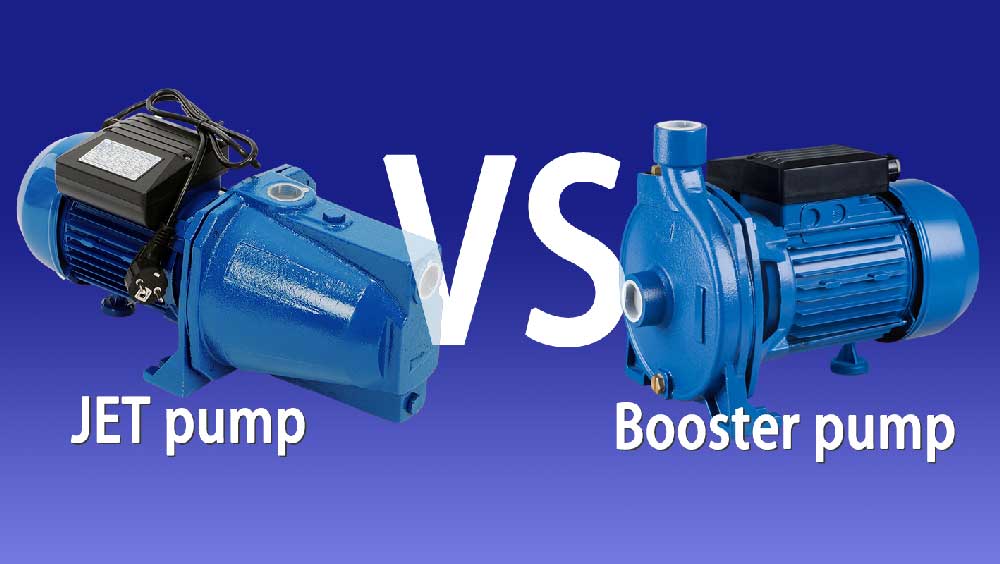
Credit: www.streampumps.com
Frequently Asked Questions
What Is A Jet-Pump Used For?
A jet pump is primarily used to move liquids or gases. It utilizes high-velocity jets to mix with and transport other fluids. This type of pump is often employed in deep well water extraction and in aerating water bodies.
What Is The Difference Between A Jet-Pump And A Normal Water Pump?
A jet pump uses an impeller to create a high-velocity jet, drawing water up. A normal water pump, or centrifugal pump, moves water by centrifugal force without an ejector.
How Far Will A Jet-Pump Lift Water?
These pump typically lifts water up to 25 feet in shallow well configurations. In deep well setups, it can exceed 100 feet with proper equipment.
What Are The Disadvantages Of Jet-Pump?
Jet-pumps can be less efficient than submersible pumps, potentially requiring more energy. They may struggle with deep well water extraction and are not suitable for low-yield wells. Jet-pumps can also be noisy and require regular maintenance.
Conclusion
To sum up, jet-pumps are a reliable and efficient solution for many fluid transfer needs. They offer a unique blend of simplicity and power, suitable for various applications. Whether it’s for industrial use or simpler residential needs, understanding how these pumps work can significantly enhance your system’s efficiency.
Remember, choosing the right jet pump is crucial for optimal performance.


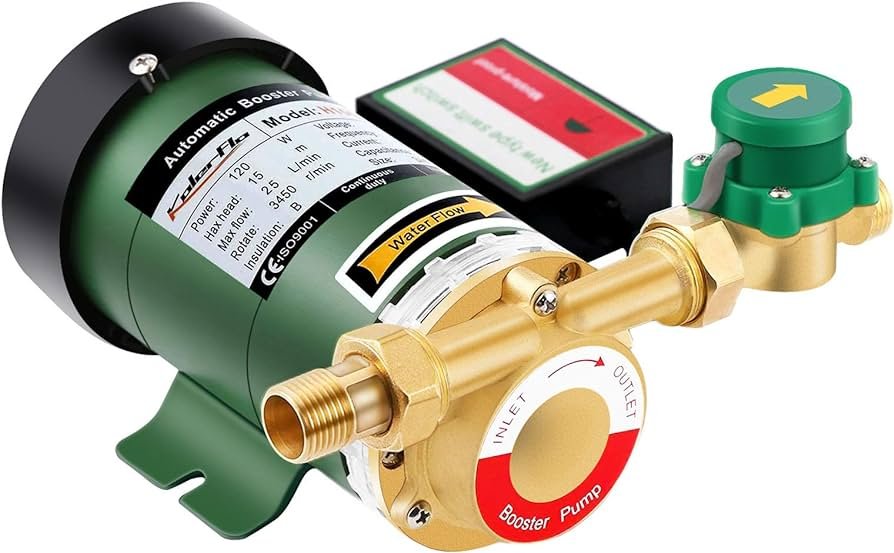
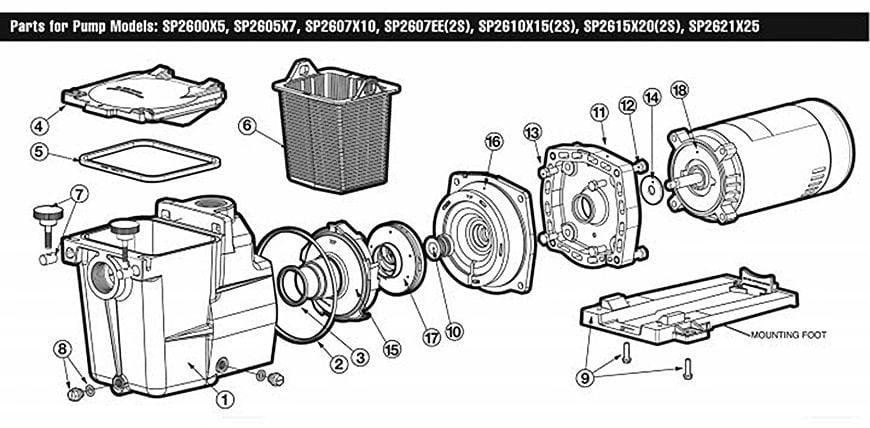

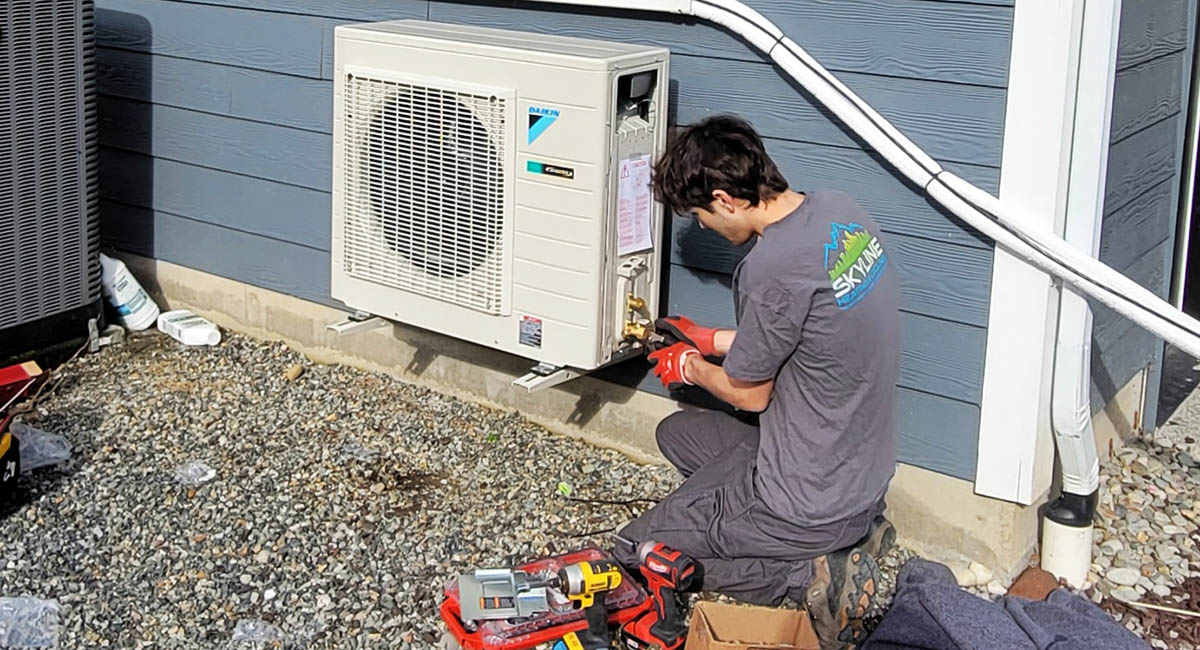
0 Comments